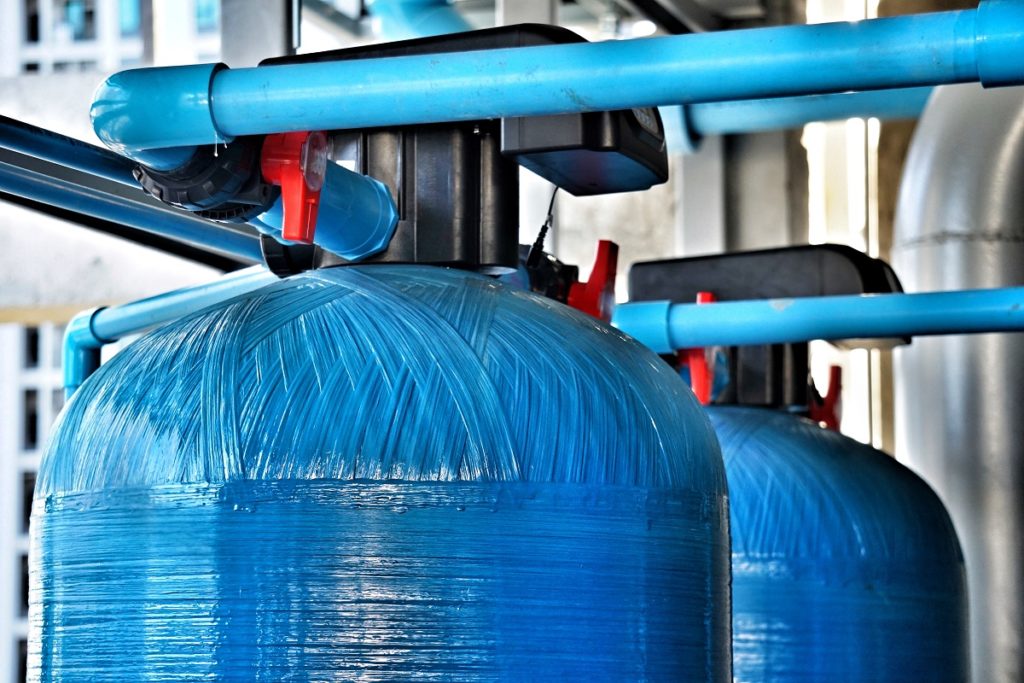The future is here, and it’s clean. More and more people are relying on clean energy for their energy. Changing weather patterns in recent years — hotter summers, colder winters — have led to a sharp rise in demand for electricity, and clean energy is now on track to becoming a leading source of power generation. In 2018, renewable sources such as solar, wind, and hydropower provided nearly 20 percent of the electricity in the United States, with no signs of abating.
Whether you’re using a water heater or chiller, a buffer tank can significantly increase the efficiency of your clean energy system. Simple additions to your project can go a long way in making it more efficient and functional, and ultimately, reducing its carbon footprint. If you’re thinking of adding a buffer to your project, here is a handy guide to help you.
What is a buffer anyway?
The buffer provides an essential layer of protection to a system. It controls fluctuations and allows the system to withstand sudden changes. A buffer tank ensures an uninterrupted supply with minimal energy use, especially if the water volume capacity is insufficient relative to the heater or chiller capacity. It might look like an ordinary metal tank, but it is an essential component of many systems. Some of its many uses include energy storage, and heating and cooling distribution.
How does it work?
A buffer tank contains water heated from clean energy sources such as solar heaters. Since the stored water is maintained at a set temperature, the need to continually heat water is eliminated and ensures an uninterrupted supply of hot water, saving energy, and increasing system efficiency. If done right, energy consumption can be significantly reduced without compromising the water supply.

Buffer tanks come in a wide array of sizes, from small domestic tanks for residential use to giant tanks for commercial and industrial water requirements. Depending on the size of the property, and usage requirements, a tank should ideally hold a day’s worth of water supply. It can either be connected to the source of energy, such as immersion heaters and solar coils, or directly attached to the heating and cooling system.
In some cases, particularly in commercial and industrial applications, a buffer tank can store chilled water. Connected to the chiller, the buffer tank holds cooled water, working on the principle that more energy is wasted when water is continually cooled. The buffer tank then holds water at a constant temperature with minimal energy or efficiency loss.
What are the advantages of using a buffer tank?
A buffer tank can significantly reduce your energy bills due to reduced power consumption and increased efficiency. For instance, if you live in a place with variable electric rates, you could heat or cool water at night when the rates are lower. The water will then be ready for the following day.
Working toward sustainability
Buffer tanks ensure that your system operates at maximum efficiency and capacity while lowering energy consumption. Clean energy need not be costly and can be cheaper than mainstream energy sources. Do the math, and you’ll know you’re making the right decision.

